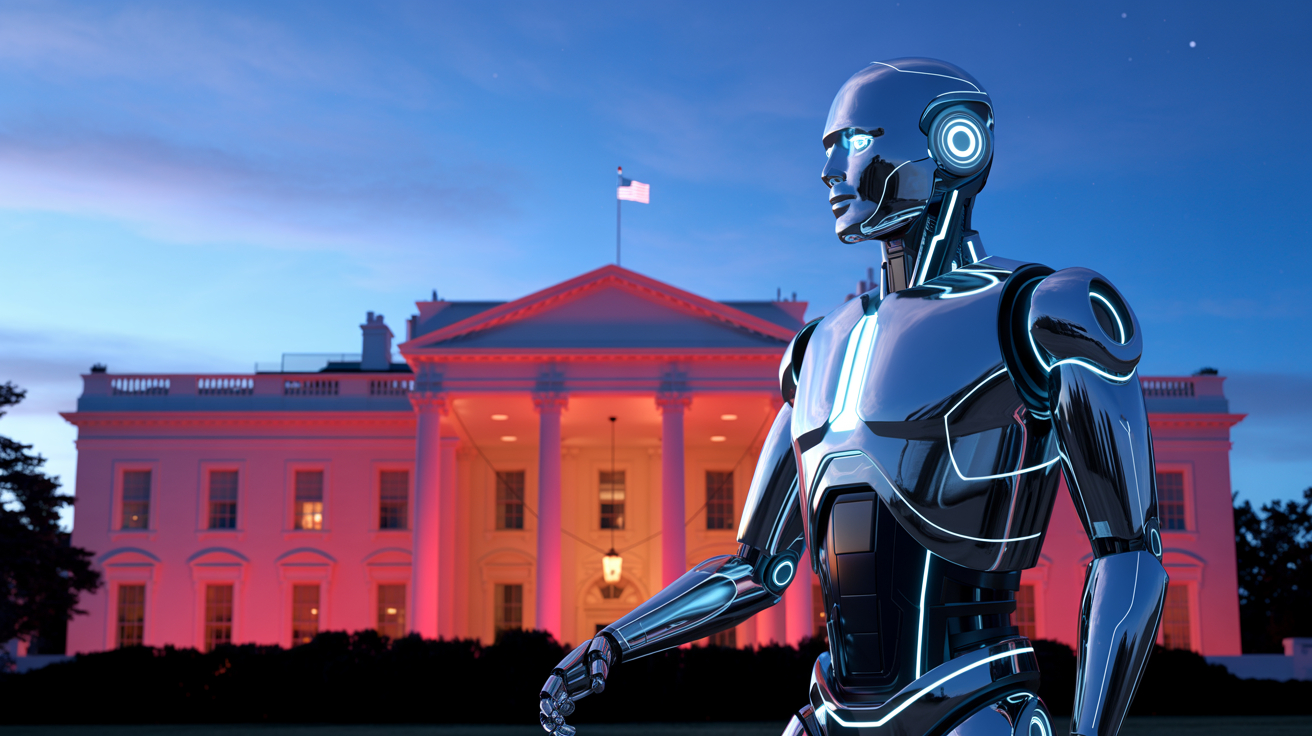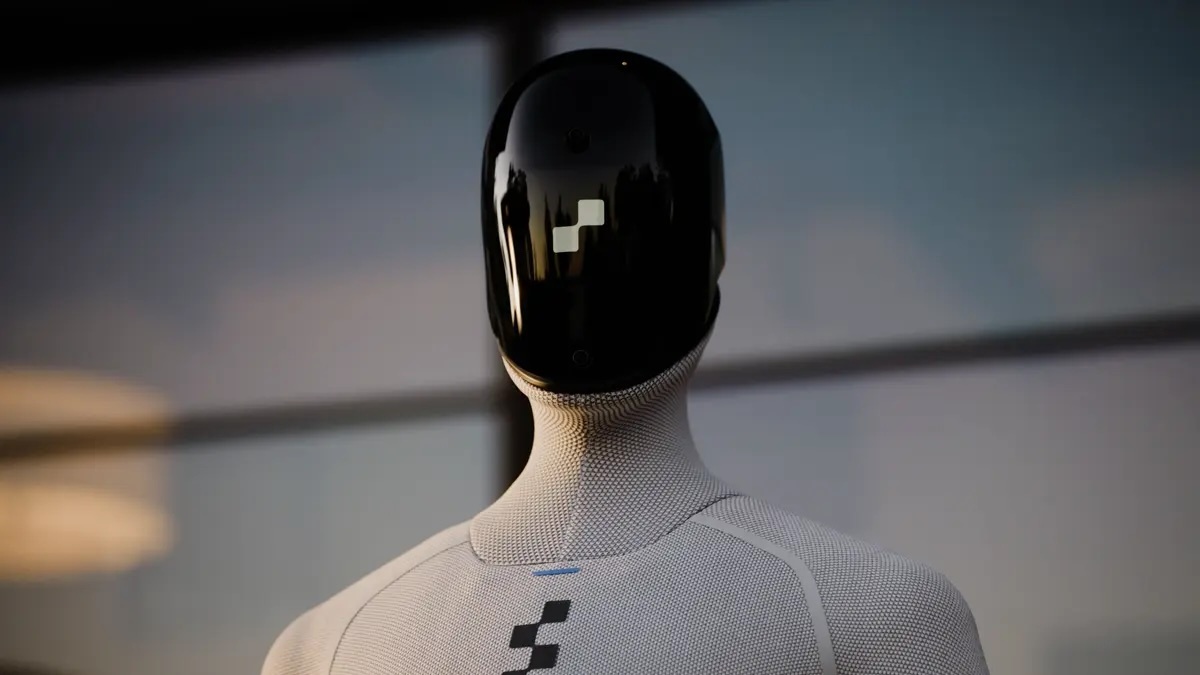Robot swaps its own battery, works 24/7
PLUS: Patients control AI and robotics with thought
Read Online | Sign Up | Advertise
Good morning, robotics enthusiasts. Meet the future of tireless robotics. Shenzhen’s UBTech has launched the Walker S2, the world’s first industrial humanoid capable of swapping its own batteries — so it keeps going nonstop, no downtime required.
The question is: are we ready for machines that never take a break?
In today’s robotics rundown:
UBTech’s hot-swappable humanoid
Robots grow by eating other robots
China’s Unitree readies its IPO
MIT’s device lets anyone train robots
Quick hits on other robotics news
LATEST DEVELOPMENTS
UBTECH ROBOTICS
🤖 UBTech’s hot-swappable humanoid
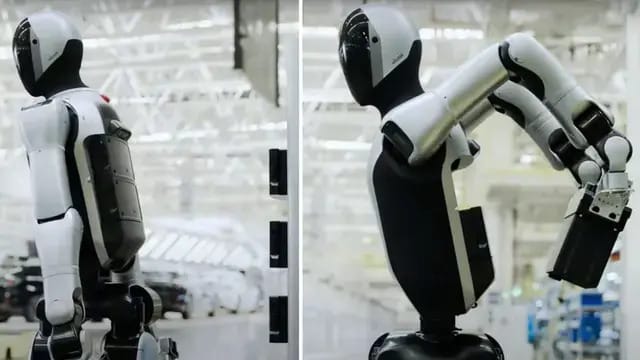
Image source: UBTech Robotics/YouTube
The Rundown: Shenzhen-based UBTech Robotics just unveiled Walker S2, the world’s first industrial humanoid with hot-swappable batteries — with the bot autonomously swapping out its own batteries, allowing it to work 24/7.
The details:
The Walker S2 can autonomously detect when its battery is low, navigate itself to a swap station, and initiate a battery change with no human intervention.
The entire battery swap is completed in under three minutes, with the robot resuming operations almost immediately.
Walker S2 is engineered for industrial settings such as logistics centers, factories, and warehouses.
In May, UBTech signed a partnership with Huawei to boost adoption of humanoids across China’s factories and households.
Why it matters: This breakthrough could slash downtime, unlocking true 24/7 humanoid labor in logistics, manufacturing, and beyond — all while taking a page from the electric vehicle playbook with hot-swappable batteries. It's a big step toward autonomy at the systems level, not just task execution.
COLUMBIA UNIVERSITY
🍴Robots grow by eating other robots
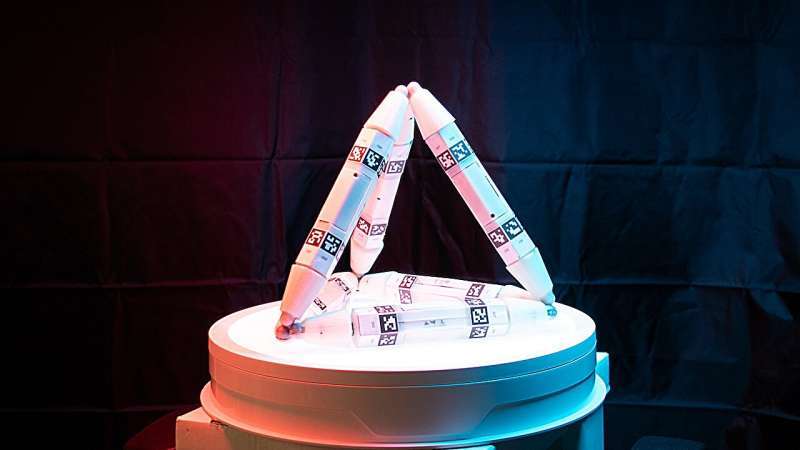
Image source: Columbia University’s Creative Machines Lab
The Rundown: At Columbia University’s Creative Machines Lab, researchers have built modular robots, Truss Links, capable of physically growing, healing, and even enhancing themselves by absorbing parts from their environments or fellow robots.
The details:
Inspired by biological systems, each Truss Link is a magnetic bar-shaped unit that can self-assemble with others into increasingly complex structures.
When damaged, they cannibalize faulty units or nearby components to restore and improve their form, essentially turning damage into upgrades.
In one eye-popping demo, a tetrahedral robot “grows” an extra limb scavenged from another bot, boosting its downhill speed by more than 66%.
While still experimental, Truss Links could be used in space, disaster response, or hazardous environment monitoring.
Why it matters: By enabling robots to physically grow, heal, and recycle their own components, Columbia’s "robot metabolism" project brings machines closer to the adaptive, resilient qualities seen in biological lifeforms, a threshold long considered out of reach for engineering.
UNITREE ROBOTICS
🦄 China’s Unitree readies its IPO
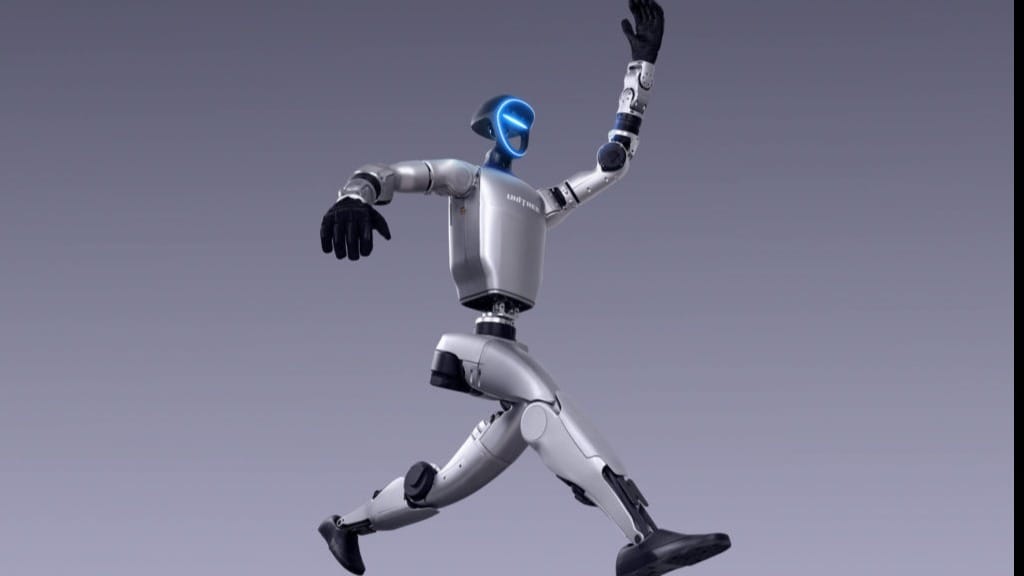
Image source: Unitree
The Rundown: China’s Unitree Robotics is officially queuing up for an IPO with the Chinese Securities Regulatory Bureau — a move that signals both an inflection point for the company and Chinese robotics industry at large.
The details:
Valued at around 10B RMB ($1.4B), Unitree has garnered investment from major Chinese firms such as Tencent, Alibaba, Ant Group, and China Mobile.
The company’s robust fundraising history — 10 successful rounds — has provided the financial muscle to scale R&D, automation, and manufacturing.
Priced for wide adoption, sometimes half the cost of Western rivals, its robots are already working in logistics, research labs, inspections, and at live events.
Their flagship quadrupeds, such as Go1 and B2, start from $1.6K, fueling mass adoption in education and R&D.
Why it matters: From robot marathons to boxing matches, Unitree’s robots have made the company a national sensation. Now reportedly controlling most of the global robo-dog market and leading in humanoids, Unitree’s IPO signals a push to make advanced robotics part of everyday reality.
MIT
🕹️ MIT’s device lets anyone train robots

Image source: MIT
The Rundown: MIT researchers just developed a breakthrough: a smart, handheld device that lets anyone — engineer, machinist, or a total novice — train a robot by guiding it through tasks, either remotely, by direct manipulation, or simply by demo.
The details:
MIT’s versatile demonstration interface (VDI) supports joystick-wielding teleoperation, hands-on physical guidance, or simply mimicking a demo.
Equipped with gyroscopes, accelerometers, and force sensors, the VDI captures fine movements and pressure for ultra-precise robot training.
The attachment is engineered to fit a variety of existing collaborative robotic arms, making it easy to adopt without major hardware changes.
Users can switch between teaching methods within a single session depending on what’s most efficient or safe for the task.
Why it matters: In tests, factory workers used the VDI to teach robots complicated assembly lines, from snap-fit assembly to precision mold handling, with researchers reporting a dramatic reduction in training time and error rates as compared to traditional methods, and with no coding skills required.
QUICK HITS
📰 Everything else in robotics today
Figure unveiled its third-gen F03 battery, a 2.3kWh, in-house engineered power pack built at its BotQ facility and promising up to five hours of runtime.
U.S. engineers built a self-driving robotic lab that autonomously conducts experiments and gathers data every half-second for faster discovery.
Korean Air is equipping its maintenance crews with Hyundai and Kia’s X-ble Shoulder exosuit, which reduces shoulder strain by up to 60% during overhead tasks.
The Japanese auto industry boosted its industrial robots by 11% last year, a huge jump from 2023 with 13K news bots installed.
Kall Morris successfully tested its robotic arms on the International Space Station, paving the way for a "space tow truck" that can grip almost any object.
Four Japanese companies, including Kyoto’s robotics firm Tmsuk, are planning to make a Japanese search and rescue bot using all Japan-made components.
Leju Robotics, a Chinese humanoid firm, released a clip showing its new, shorter humanoid, Luban No. 2.
Intuitive Surgical demonstrated new capabilities for its da Vinci 5 surgical bot, with two surgeons performing a demo surgery more than 4K miles apart.
Palmer Luckey, CEO of defense tech firm Anduril, took the stage at Reindustrialize Summit via telepresence through a humanoid robot.
Norwegian startup Remora Robotics nabs €13.7M ($15.9M) to accelerate its autonomous cleaning robot for fish farms.
A Unitree humanoid dubbed “Uncle Bot” went viral in China after a video showed it jogging down a hill in laid-back, “dadcore” attire, garnering more than 80M views.
Tesla is set to open its retro-futuristic diner and Supercharger station in Hollywood, Los Angeles, with a viral clip showing Optimus serving popcorn at its soft opening.
COMMUNITY
🎥 Watch our last workshop
Check out our last live workshop with Dr. Alvaro Cintas, The Rundown’s AI professor. By the end of the workshop, you'll be able to use Perplexity Comet (and other alternatives) to automate your browsing experience.
Watch it here. Not a member? Join The Rundown University on a 14-day free trial.
See you soon,
Rowan, Jennifer, and Joey—The Rundown’s editorial team
Stay Ahead on AI.
Join 1,000,000+ readers getting bite-size AI news updates straight to their inbox every morning with The Rundown AI newsletter. It's 100% free.



